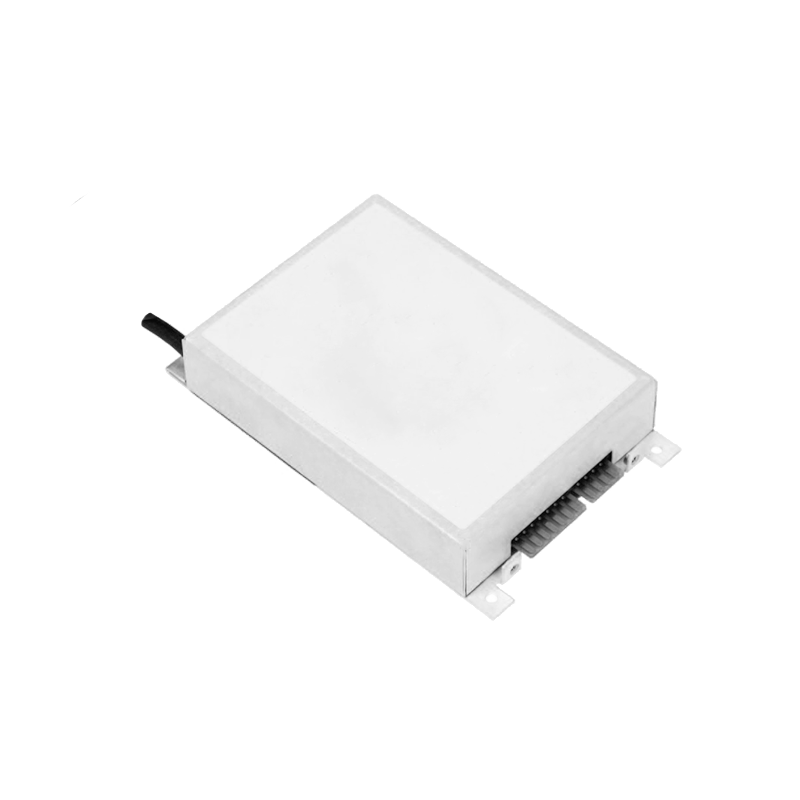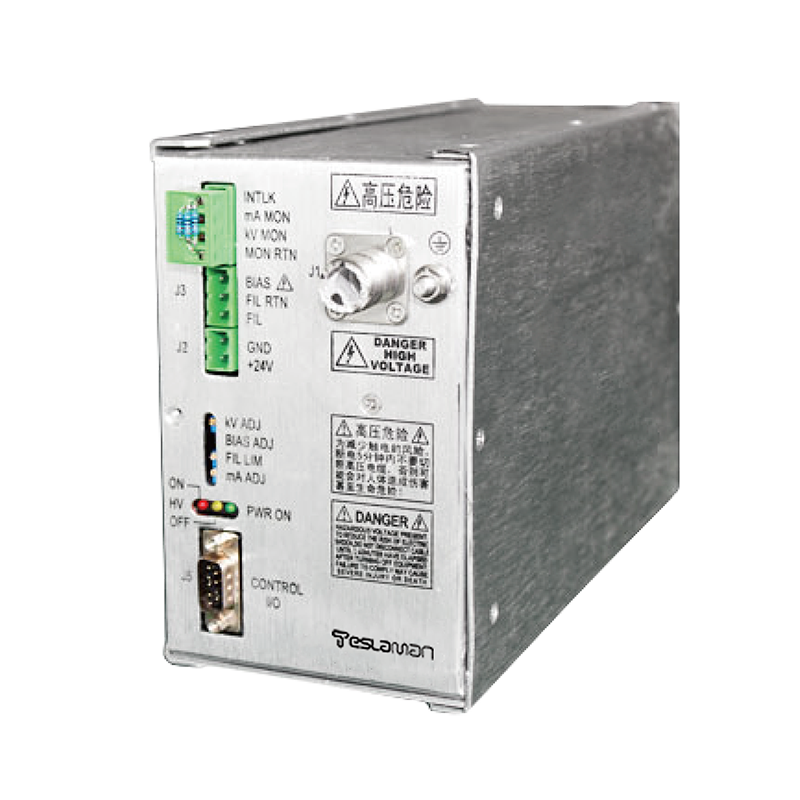Electroosmotic Flow Control of High Voltage Power Supplies in Capillary Electrophoresis
In the field of modern analytical chemistry, capillary electrophoresis technology has become an important means for separating and analyzing complex samples due to its advantages of high efficiency, rapidity, and small sample consumption. In the capillary electrophoresis system, the control of electroosmotic flow by high voltage power supplies plays a central role, profoundly affecting the separation efficiency and accuracy of the entire analysis process.
Electroosmotic flow in capillary electrophoresis refers to the overall directional flow of the liquid in the capillary along the wall surface under the action of a high electric field. As a key component for generating the electric field, the magnitude and stability of the output voltage of the high voltage power supply directly determine the strength and stability of the electroosmotic flow. When the high voltage power supply applies a voltage, a double layer is formed between the inner wall of the capillary and the buffer solution. Among them, the compact layer is fixed on the tube wall, and the ions in the diffusion layer move directionally under the action of the electric field, thereby driving the entire buffer solution to generate electroosmotic flow.
The velocity of the electroosmotic flow can be effectively regulated by adjusting the output voltage of the high voltage power supply. Increasing the voltage will enhance the electric field strength and accelerate the electroosmotic flow velocity. However, an excessively high voltage may exacerbate the Joule heating effect, cause the temperature inside the capillary to rise, and lead to the broadening of the sample zone, thereby reducing the separation efficiency. Therefore, in practical applications, it is necessary to accurately select an appropriate voltage value according to the sample characteristics and analysis requirements.
In addition, the high voltage power supply can also regulate the direction of the electroosmotic flow by changing the electrode polarity. In conventional capillary electrophoresis, the electroosmotic flow usually flows from the positive electrode to the negative electrode. However, in some special analyses, changing the direction of the electroosmotic flow can achieve better separation of samples with different properties. For example, for some samples that are easily adsorbed on the tube wall, changing the direction of the electroosmotic flow can reduce adsorption and improve the reproducibility of the analysis.
Apart from the voltage magnitude and electrode polarity, the stability of the high voltage power supply is also an important factor affecting the control of electroosmotic flow. A stable high voltage output can ensure the stability of the electroosmotic flow, thereby improving the repeatability of the analysis results. Any voltage fluctuation may cause the electroosmotic flow velocity to change, thus affecting the separation effect of the sample. Therefore, high quality high voltage power supplies will adopt advanced voltage stabilizing technologies in their design to ensure the stability of the output voltage.
In practical applications, precise control of electroosmotic flow is crucial for the separation and analysis of complex samples. For example, in the analysis of biological samples, the properties of different biomolecules vary greatly. By reasonably regulating the electroosmotic flow, efficient separation of biological macromolecules such as proteins and nucleic acids can be achieved. In the field of drug analysis, accurate control of electroosmotic flow helps to improve the accuracy of drug component analysis, providing strong support for drug research and development and quality control.
In conclusion, the high voltage power supply in capillary electrophoresis plays an irreplaceable role in modern analytical chemistry through the precise control of electroosmotic flow. In depth understanding of its control mechanism and continuous optimization of the performance of high voltage power supplies are of great significance for promoting the development of capillary electrophoresis technology and expanding its applications in more fields.




















